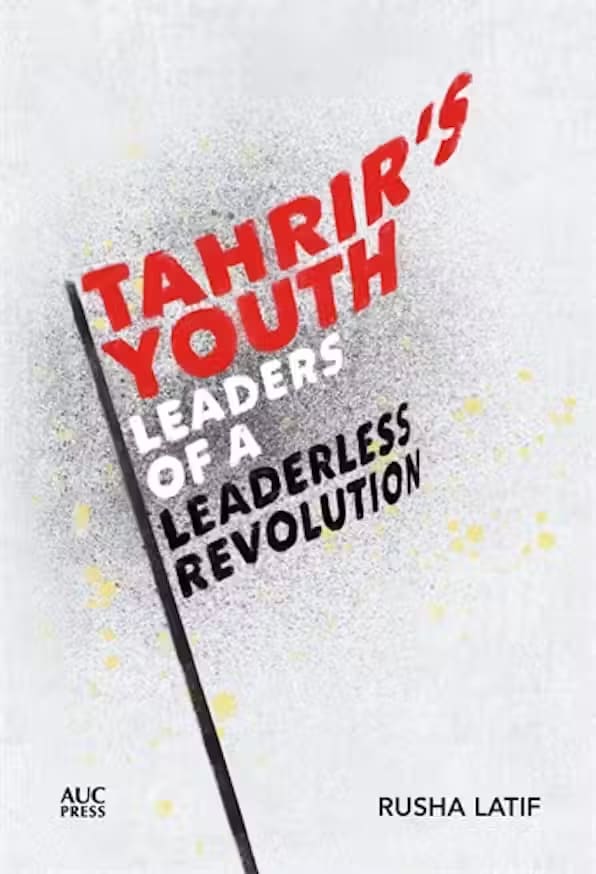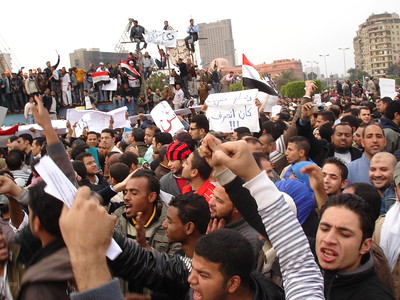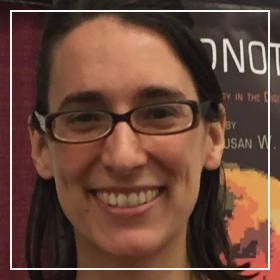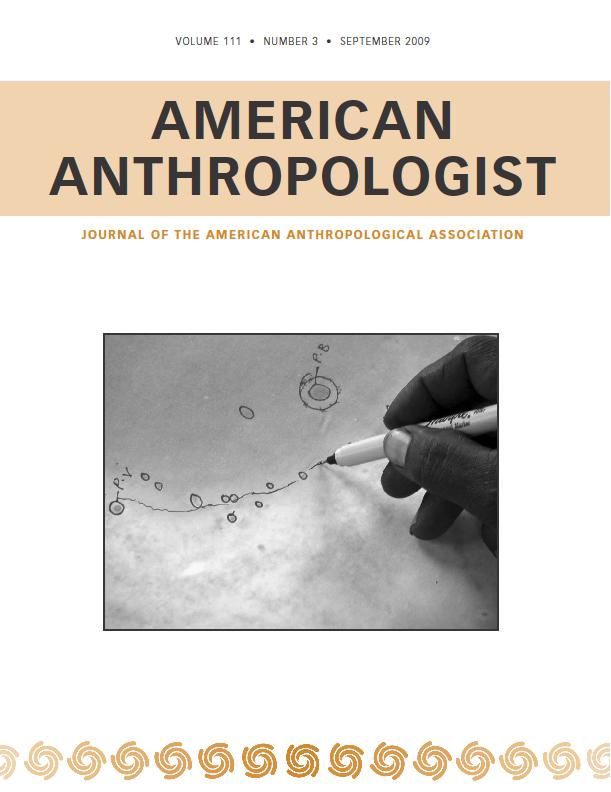Reflections on Rusha Latif’s Tahrir’s Youth: Leaders of a Leaderless Revolution (American University in Cairo Press, 2022).

After more than 13 years of devastating civil war, it took just an astonishing 11 days for Syria’s Bashar al-Assad to fall from power under the assault of the Turkish-backed Hayat Tahrir al-Sham, in late 2024. With al-Assad gone, Syrians at home and abroad who had long opposed the repression, injustice and corruption of al-Assad’s rule experienced a liberation of which they had long dreamed. Amid their jubilation, Syrians nevertheless also faced enormous uncertainties that continue to preoccupy all concerned with revolution and emancipation from authoritarianism, in Syria and beyond: what would come next? Would the ousting of a dictator lead to futures of greater social justice?
Syrians are not the first to face these questions in an already tumultuous 21st century. Among the leaders who would (eventually) fall in the region, the extraordinary mass protests of Tunisians, and then Egyptians, also ousted decades-long dictators in astonishingly swift denouements in early 2011. At the time of writing, it is not yet possible to know if Syrians will experience, as have Tunisians and Egyptians, the subsequent counter-revolutionary undermining, over different time scales and through different means, of revolutionary dreams of emancipation.
The prospect of such inquiries raises weighty questions that concern not only the conceptual nature of revolution and its impacts, but also methodological and ethical dilemmas. How can one study revolution and its effects?
But there are some aspects of the swift fall of longstanding authoritarian rulers in Tunisia and Egypt that we perhaps may already anticipate for Syrians: the fall of the old regime may attract an increase in the number of researchers seeking to study communities of Syrians’ experiences of revolution. The prospect of such inquiries raises weighty questions that concern not only the conceptual nature of revolution and its impacts, but also methodological and ethical dilemmas. How can one study revolution and its effects? And, as sociologist Mona Abaza (2011) has cautioned, whose (un)recognised labour is at stake in ensuing claims to expertise?
The questions of what will come next, and how to study and learn from these processes, that loom large for Syrians make it all the more timely to learn from experiences elsewhere. One book that addresses these concerns is Rusha Latif’s study of young Egyptian activists who helped organise the 2011 revolution: Tahrir’s Youth: Leaders of a Leaderless Revolution (2022). Compelling for its argument that experienced youth activists helped instigate a revolution that was neither fully planned nor fully spontaneous, the book also offers a candid examination of how to study a revolution. This methodological interrogation makes the book especially thought-provoking for anyone contemplating their own, or their advisees’, fieldwork about social justice movements, as well as for broader discussions around the politics and ethics of field research.
Those interested in revolutionary social change will find this book rewarding for its careful probing of the contingencies and paradoxes of revolution. Latif’s six months of fieldwork in Egypt in the latter part of 2011, a time of ongoing protests and contested electoral campaigns, allowed her to carry out extended interviews with 25 youth activists, ten of whom became the focus of the book. Drawing on their life histories in order to understand the historical context and impacts of Egypt’s 18 days of revolution, Latif offers a nuanced analysis of the “making and unmaking” (pp. 187) of revolutionary activists.
In early January 2011, the youth activists in question had already been planning a protest for Egypt’s forthcoming national holiday of January 25th; but after Tunisians ousted Zine al-Abidine Ben Ali on Jan 14th, the Egyptian activists became determined to scale up the forthcoming protests. Militants drew on their backgrounds of cross-partisan activist networks, cultivated over the ten preceding years (which Latif carefully traces), to help organise protests that, she argues, were crucial for the ousting of Hosni Mubarak on February 11th.
Revolutionaries do not only seek to break with the past, then, but must also draw from the past. Elsewhere, I have traced how revolutionaries repurpose and recycle social relations to build revolutionary state power (Wilson 2016). For Egyptians in 2011 and its aftermath, however, these possibilities remained elusive. In Latif’s assessment, the youth’s horizontal leadership style, that sought to accommodate ideological diversity, disadvantaged the emergence of a revolutionary opposition government. In assessing such paradoxes, the book brings to the fore the “messy, human, relational” (Latif, 2022, pp. 9) character of revolution.
This approach allows Latif to debunk misleading representations of Egyptians’ 2011 revolution as “leaderless” and a “Facebook revolution”. Pointing out that such accounts are ahistorical and neglect the agency of Egyptians, Latif instead foregrounds the specific historical circumstances and forms of Egyptian agency that made the revolution possible. The book thus contributes to vital projects of retrieval: of the contingency of actors and events that lead to revolution (el-Ghobashy 2021), and of the agency of revolutionaries before and during their mobilisation (Takriti 2013), as well as in the aftermaths of revolution (Wilson 2024).
What made the expanded protests and, ultimately, the revolution, possible, then, was not “the internet”, but skills and experience.
Specifically in the case of Egypt, Latif argues, through ten years of prior militancy and network-building, activists had developed the skills and contacts to organise and scale up protests. What made the expanded protests and, ultimately, the revolution, possible, then, was not “the internet”, but skills and experience. The latter included the ability to frame grievances (Latif 2022, pp. 11, 61) that would appeal to wide groups of Egyptians who, across divergent positionalities of class, gender and religion, were suffering from neoliberal and authoritarian violence and corruption.
At the same time, Latif observes, this movement – like other recent and contemporary oppositional peers – eschewed a rigid structure and leadership. This strategy offered a means of resisting a top-down state, while protecting key individuals from becoming targets of repression or being accused of furthering their own interests. As a result, it was expedient for these activists to project the idea of a leaderless revolution, despite being “purposeful actors” (pp. 153) who shaped and responded to historical events.
To recognise revolutionaries’ agency should not, however, romanticise it – and Latif’s analysis carefully avoids doing so. She, along with her research participants, asks hard questions about the failings of the revolution to dismantle the authoritarian state that has returned, perhaps even stronger, under President Abdel Fattah el-Sisi. Similarly, Latif acknowledges the constraints of putting revolutionary calls for social justice into practice. The complex implications of the revolution for gender emancipation are a case in point. Some activists encouraged participation in protests by appealing to normative masculine values of “protecting women”, and reframed protest participation as legitimate within the scope of a “decent, proper” woman (pp. 120-1).
As a result of dwelling on these challenges, and on the very real disappointment, devastation and loss that revolutionaries came to experience, there is all the more depth to Latif’s conclusion that strikes a note of “critical hope” (Freire 2014). In the context of the 2011 revolution having changed citizens’ relationship to the state (Latif 2022, pp. 257), and of Egypt’s new generations of high school and university students being increasingly willing to stage protests (pp. 256), the story of Egyptians’ struggles for freedom and justice may yet have a different outcome (pp. 259). Indeed, many Syrians believed as much of their own revolution, years before they could anticipate al-Assad’s eventual downfall (al Khalili 2023). In Egypt, alternative futures may become possible in part precisely because of how much activists can learn from 2011 and its denouements (Latif, 2022, pp. 255-260). This conclusion resonates, for me, with the potential for the very messiness of revolutions to lay foundations for militants’ lasting engagement with the emancipatory values that they hope and believe can transform worlds (Wilson 2023).
Alongside these contributions to understandings of revolution as a historical yet messy process, this book stands out for its searching discussion of another messy process: fieldwork. After her initial cautious optimism about how her background as an Egyptian-American would facilitate connections in the field, Latif learned through her fieldwork how much she had to relearn and reinterrogate cultural and linguistic codes, and her own relationship to them.
Concerned with the ethical shortcomings of extractive research whereby outsiders “mine” locals for data, and then leave to become “experts”, Latif radically revised, and extended, her fieldwork.
As well as rethinking her own positionality and its impact on her research, Latif thoroughly questioned her methodological approach. Concerned with the ethical shortcomings of extractive research whereby outsiders “mine” locals for data, and then leave to become “experts”, Latif radically revised, and extended, her fieldwork. Her close access to youth leaders came only after she gave up on “competing” (pp. 33) with the revolution in the quest for activists’ time. She joined in their activist work, becoming a participant observer – mindful all the same of the differences between her engagement and that of research participants who were ready to die for the revolution.
This book shows that the key questions that activists were asking of themselves – “what is happening?” and “how should we act?” (pp. 109) – are also the questions that must continually underpin scholars’ ongoing reflection on fieldwork and research. These are revolutionary lessons from Tahrir that we must heed not only there, in Syria, and in many ongoing struggles for social justice in the region and beyond, but wherever we hope that scholarship can serve as an ally in those efforts.
References
Abaza, Mona. “Academic Tourists Sight-Seeing the Arab Spring.” Ahram Online, Sep 26 2011. https://english.ahram.org.eg/NewsContentPrint/4/0/22373/Opinion/0/Academic-tourists-sightseeing-the-Arab-Spring.aspx.
Al-Khalili, Charlotte. Waiting for the Revolution to End: Syrian Displacement, Time, Subjectivity. London: University College London Press, 2023.
El-Ghobashy, Mona. Bread and Freedom: Egypt’s Revolutionary Situation. Stanford Studies in Middle Eastern and Islamic Societies and Cultures. Stanford, California: Stanford University Press, 2021.
Freire, Paulo. Pedagogy of Hope: Reliving Pedagogy of the Oppressed. London: Bloomsbury, 2014.
Takriti, Abdel Razzaq. Monsoon Revolution. Republicans, Sultans and Empires in Oman, 1965-1976. Oxford: Oxford University Press, 2013.
Wilson, Alice. “On Decolonising Revolution through a Lens of Afterlives.” Práticas Da História 18 (2024): 17-51. https://praticasdahistoria.pt/article/view/33421.
Wilson, Alice. Afterlives of Revolution: Everyday Counterhistories in Southern Oman. Stanford: Stanford University Press, 2023.
Wilson, Alice. Sovereignty in Exile: A Saharan Liberation Movement Governs. Philadelphia: University of Pennsylvania Press, 2016.
Featured image by Zeinab Mohamed, courtesy of flickr.com.



